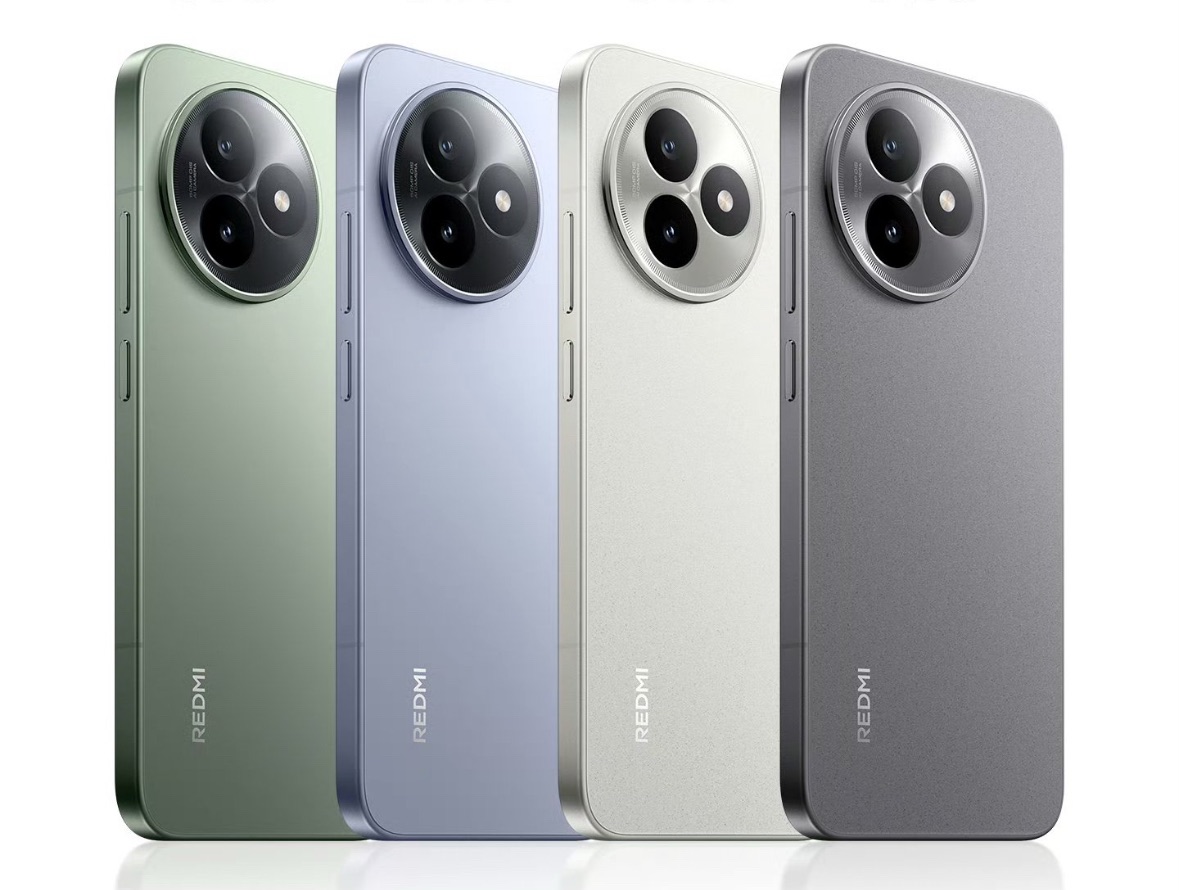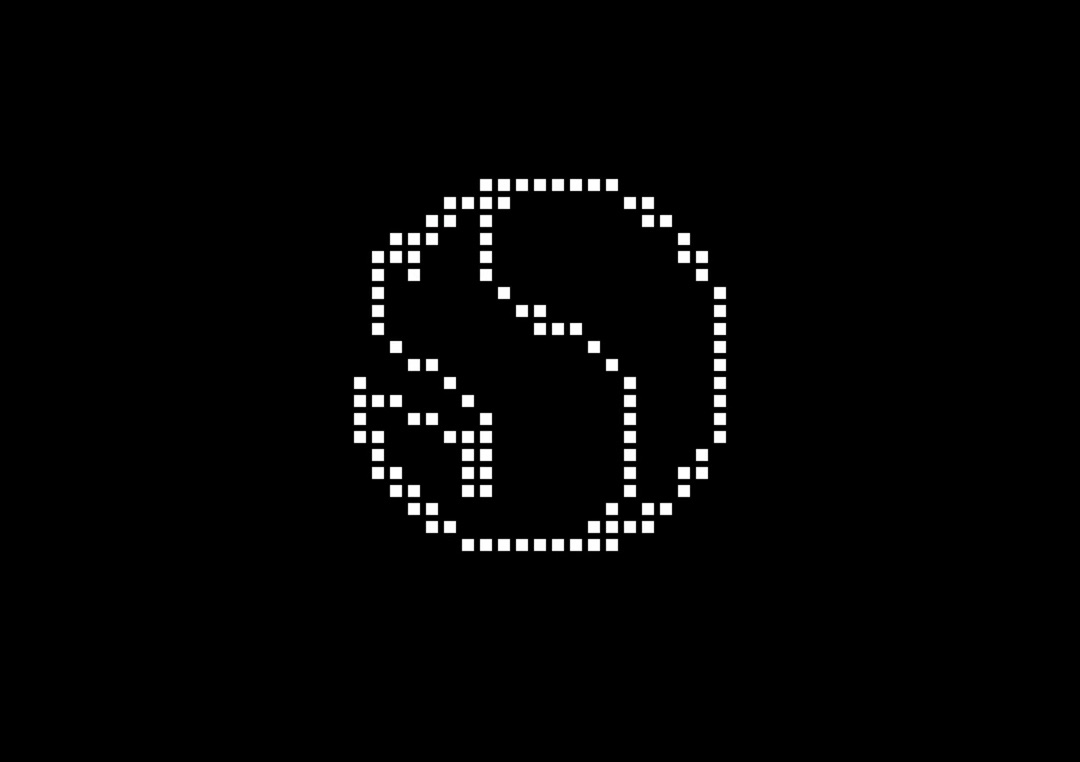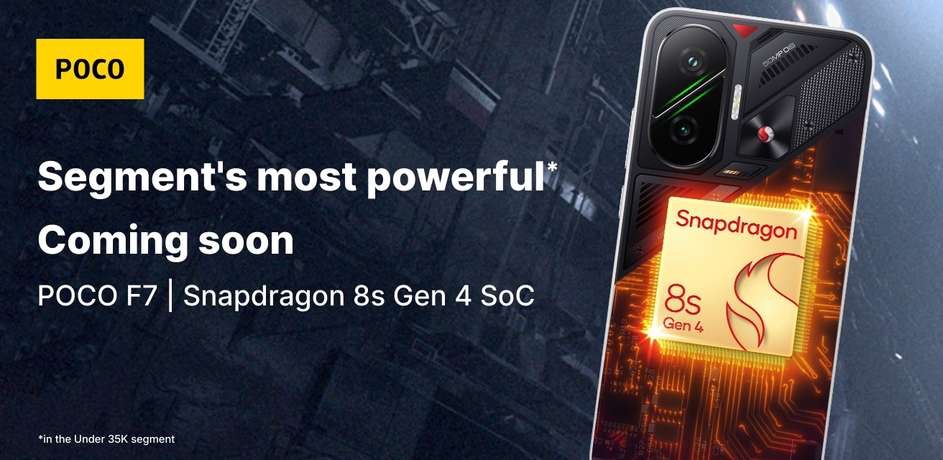Google is quietly preparing a significant shift in how Android smartphones might be used in the near future. A newly uncovered feature in the Android 16 beta reveals a prototype of Android Desktop Mode, which, when fully rolled out, could allow users to plug their phones into external displays and use them like a desktop or laptop computer. This early version was discovered and manually enabled by well-known Android modder Mishaal Rahman on a Google Pixel 8 Pro running the latest test build.
- The movie “Cat and Mouse: Astrology” is scheduled to be released in mainland China on August 9th
- Probability of publicity does not match the actual situation: Krafton was fined 2.5 million won for false publicity of “PlayerUnknown’s Battlegrounds” – Passionategeekz
- Huawei Zhu Dongdong: Hongmeng Computer will support sideloading in the future, and launch a new form of computer in the second half of the year – Passionategeekz
- New plan to curb methane emissions: sealing cow dung septic tanks, reducing emissions by 80% – Passionategeekz
- Mihayou IP’s new work “Cangfa: Elf of Causes” has completed the software copyright registration – Passionategeekz
When Rahman connected the phone to a USB-C monitor, the display immediately transformed into a PC-like environment—complete with a desktop interface, windowed apps, a taskbar at the bottom, and a status bar at the top showing signal and connectivity. Much like Samsung’s DeX, Android Desktop Mode supports resizable windows and multitasking, but adds a native Android twist. The app drawer is accessible via a Start menu-style button, and Android’s familiar navigation buttons sit on the taskbar’s right end for ease of use.
Compared to earlier experimental builds discovered last year, this iteration introduces better screen management. Google now includes a drag-and-drop UI to arrange the phone and monitor display positions, making it easier to interact across screens—similar to display settings in desktop operating systems. While promising, this mode is still in development and unlikely to be ready in time for Android 16’s official release this spring. Instead, it may arrive in a later update—or be held for Android 17, expected in 2026.
The idea of transforming a smartphone into a full desktop environment is not new, but Google’s renewed efforts signal that such functionality may soon be native to Android itself. This could drastically enhance productivity for mobile users, and make flagship Android phones even more powerful on-the-go computing tools.
Discover more from PassionateGeekz
Subscribe to get the latest posts sent to your email.








